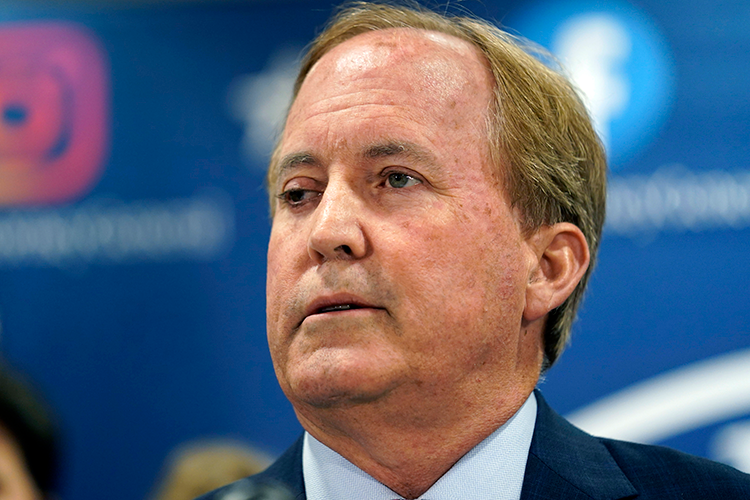Fed's Loan to Bear Stearns Broke Its Own Lending Rule
The Federal Reserve makes lending rules. And, in rare circumstances, the Fed also breaks lending rules.
That’s the bottom-line lesson from the emergency vote Sunday, by the Fed’s board of governors, that it could and would lend to investment banks such as Bear Stearns at the same interest rate as commercial banks, reports Bloomberg.
The loan to Bear Stearns violates a 2002 regulation that requires the Fed to lend to investment banks at a higher rate than commercial banks, according to Bloomberg. However, experts say the Fed probably had the power to break this lending rule. And, although some were a bit troubled by the action, no one seems to be quibbling with the reason why—an attempt to prop up a major financial institution in the midst of growing investor panic.
“They used what authorities they thought they had and went ahead,” says Oliver Ireland, a former longtime Fed counsel who is a Morrison & Foerster partner in Washington, D.C. “From a public-policy standpoint, if this is important to do, you wouldn’t want to be tripped up by your own regulatory structure.”
As discussed in earlier ABAJournal.com posts, the Fed made its lending decision—unprecedented since the Great Depression—as part of emergency efforts by bank executives and government officials over the course of a few days within the past week to prevent Bear Stearns from becoming insolvent as a result of a huge withdrawal of funds by investors.
Regulators in the U.S. are investigating whether rumor-mongering by rogue investors in a <a href=”http://www.abajournal.com/news/false_rumors_hit_uk_banks_stock_hard_officials_pursue_market_abuse/” title=”“cash ‘n trash”“>”cash ‘n trash” scheme may be at least partially responsible for the run on Bear Stearns.
Write a letter to the editor, share a story tip or update, or report an error.


